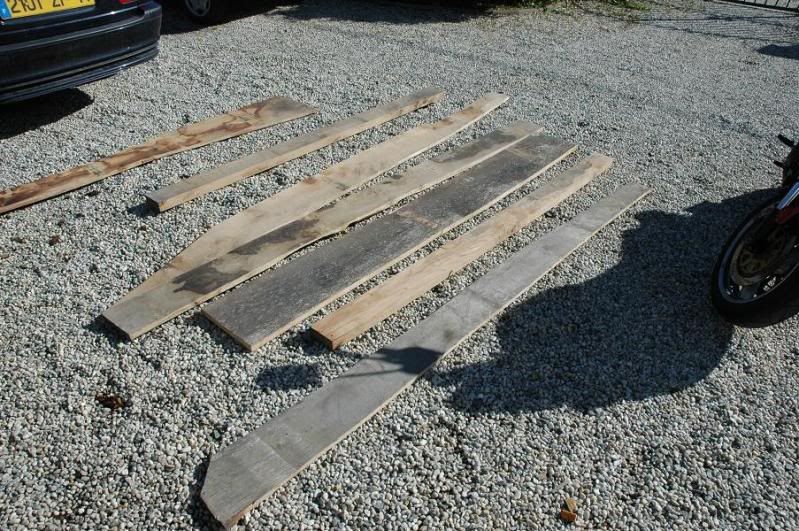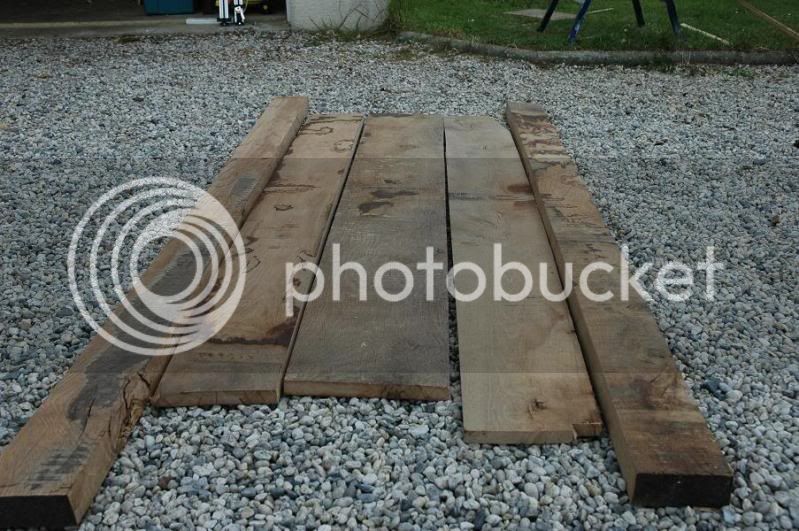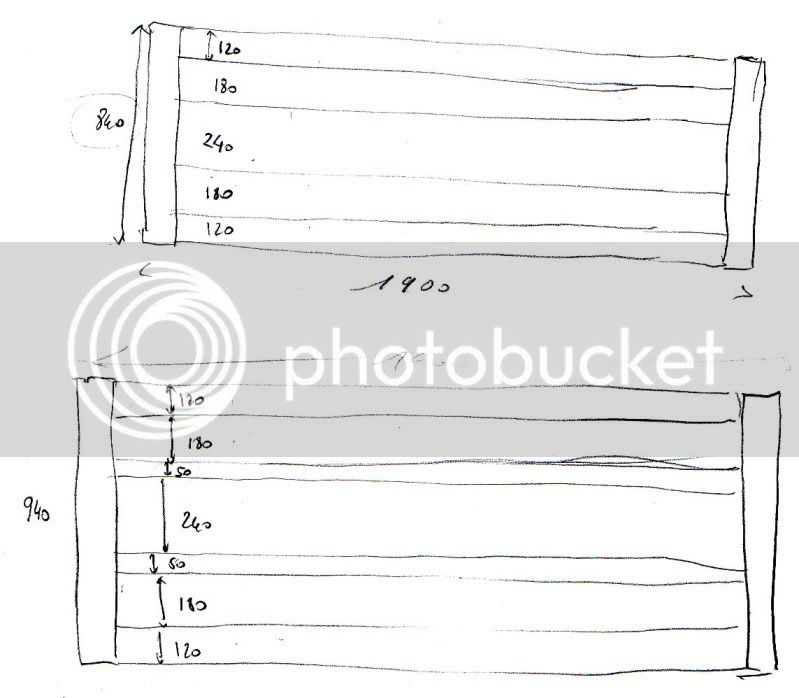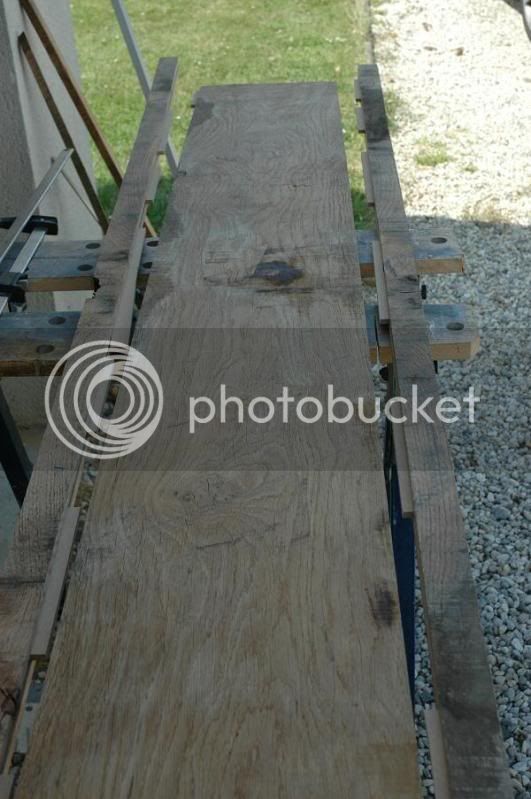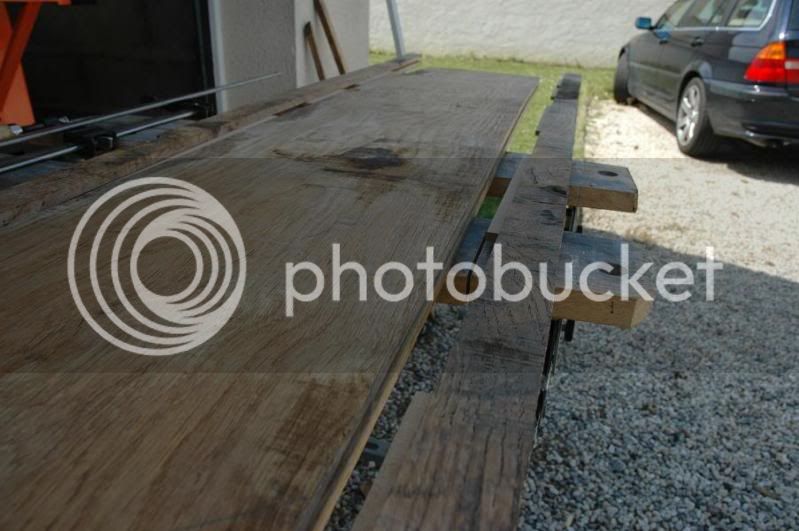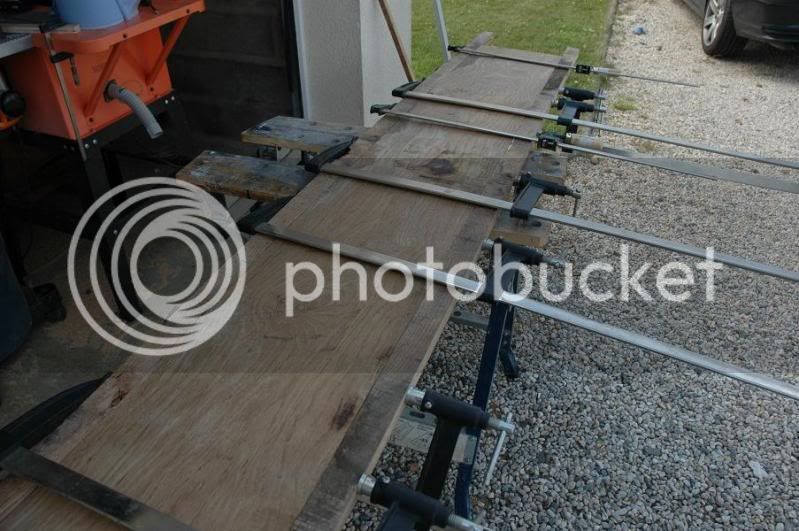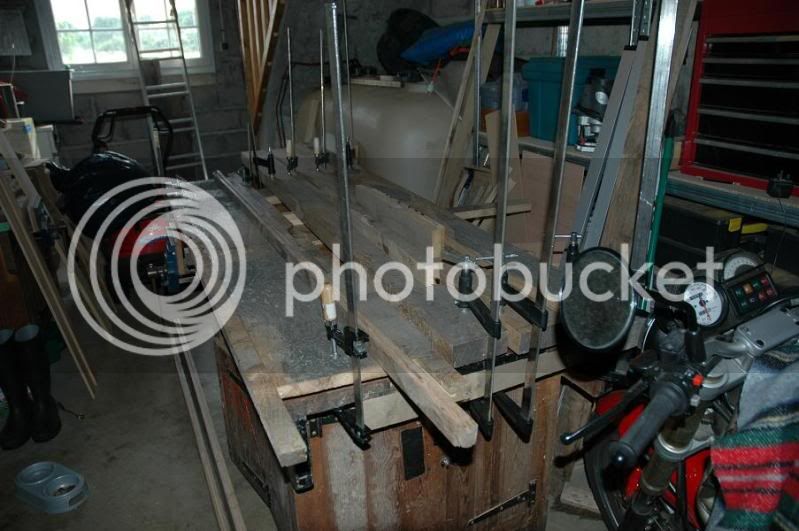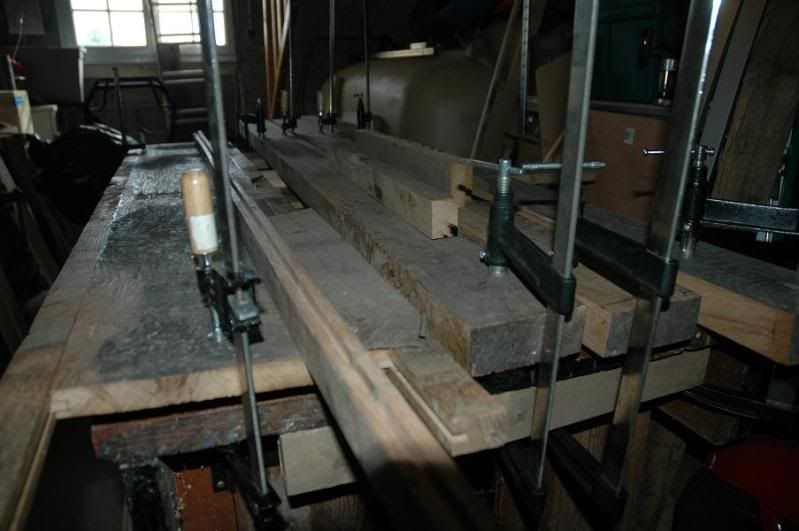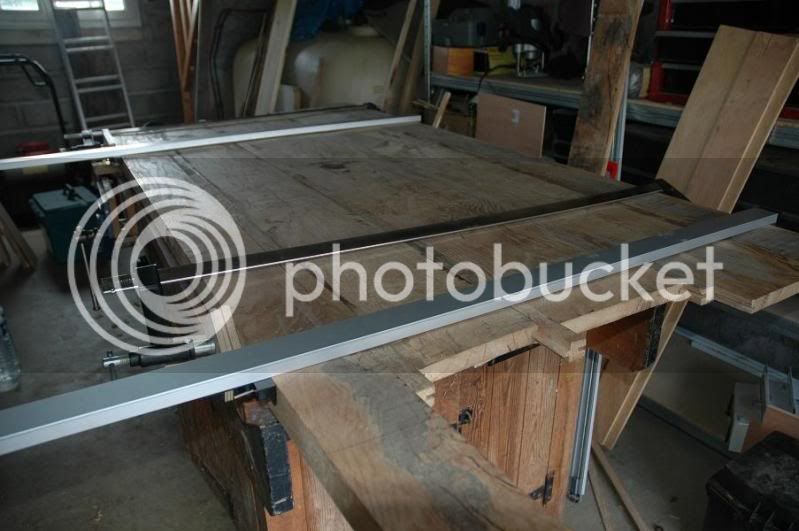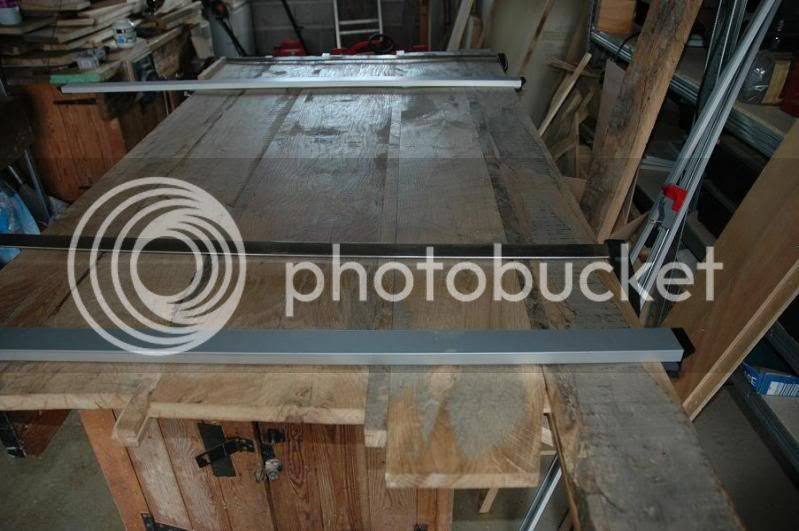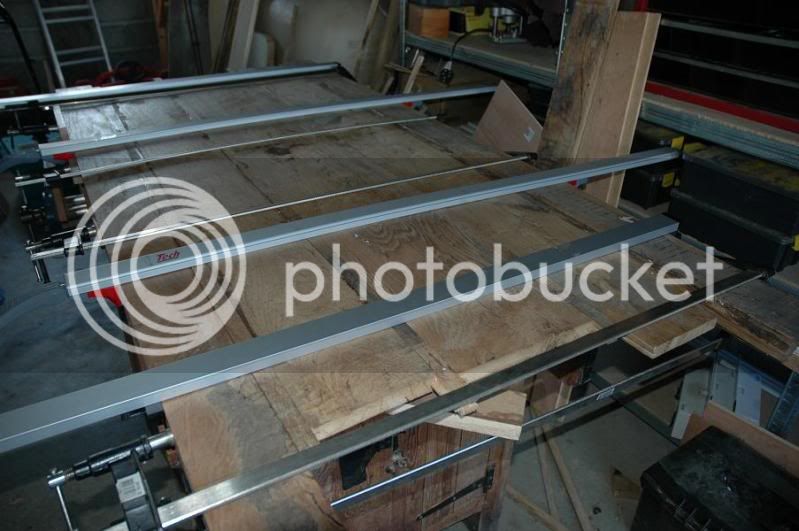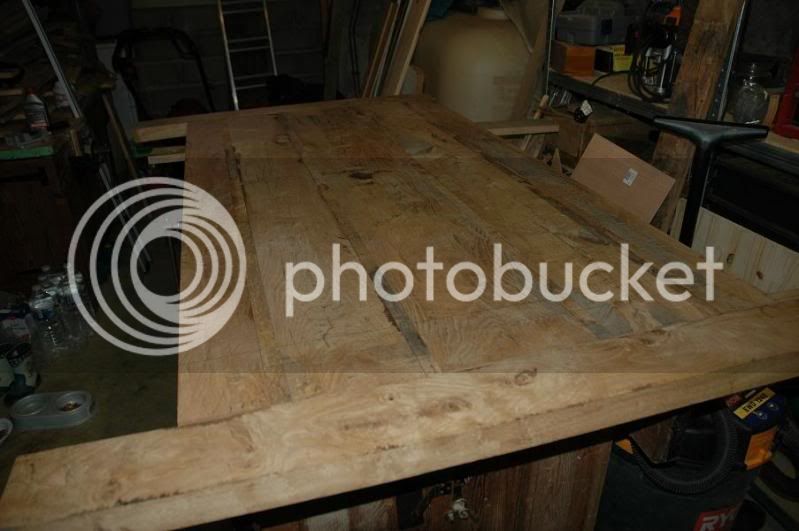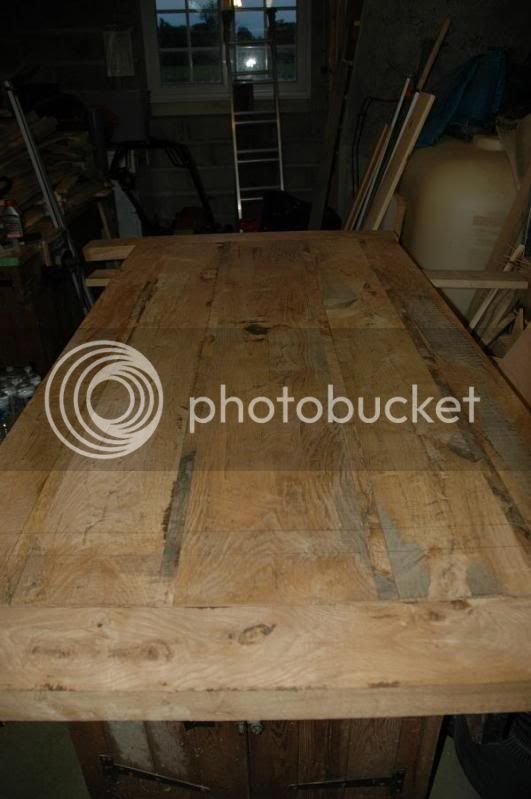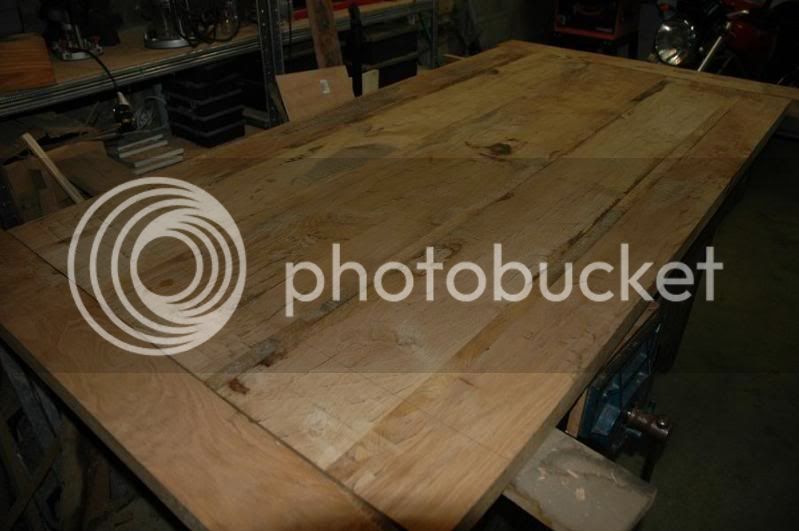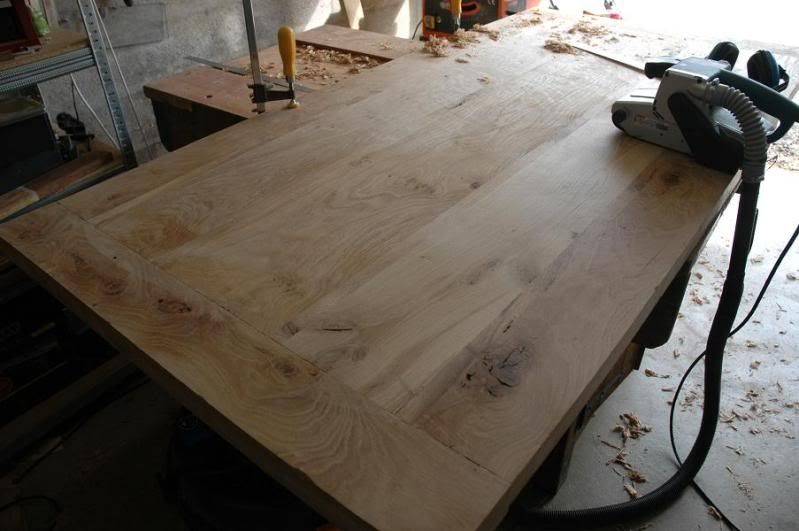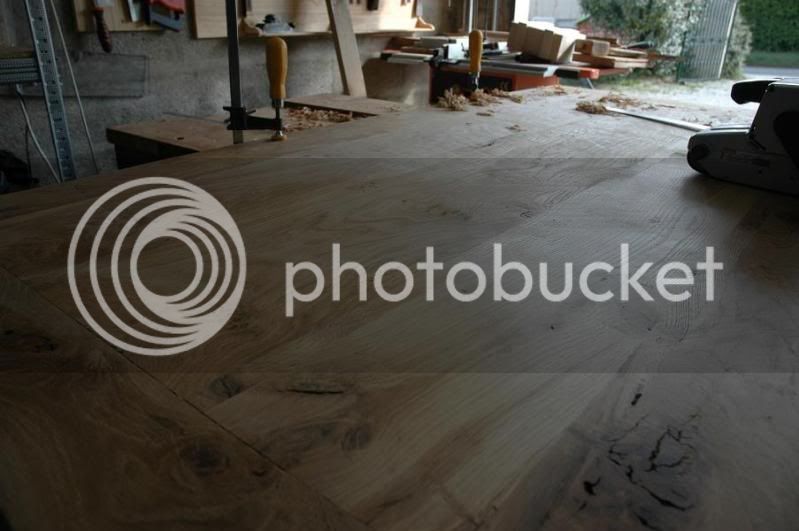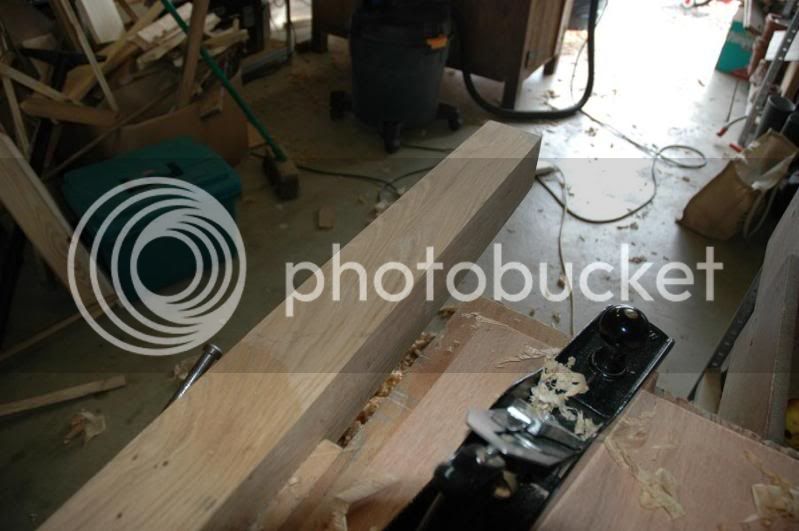Hi Stef, I'm a newbie here, please don't take offense at the info below - quoted (almost verbatim) from 'Collins complete wood workers manual': -
Quote:
Elbow room
600mm (2 ft)
This is sufficient space for an adult to wield a knife and fork without obstructing his or her neighbour.
End Quote.
They also allow (at the end of the table) 250mm (10in) for knee movement, so:-
1000mm wide should be fine;
2100mm long = enough space for two people along the length each side, and one at each end. NOT enough to seat 3 comfortably IMHO.
So, so long as you're not regularly seating more than 6, the size planned seems fine, bit of a stretch for short armed people (I did say armed ).
).
Hope that helps?
Quote:
Elbow room
600mm (2 ft)
This is sufficient space for an adult to wield a knife and fork without obstructing his or her neighbour.
End Quote.
They also allow (at the end of the table) 250mm (10in) for knee movement, so:-
1000mm wide should be fine;
2100mm long = enough space for two people along the length each side, and one at each end. NOT enough to seat 3 comfortably IMHO.
So, so long as you're not regularly seating more than 6, the size planned seems fine, bit of a stretch for short armed people (I did say armed
Hope that helps?




